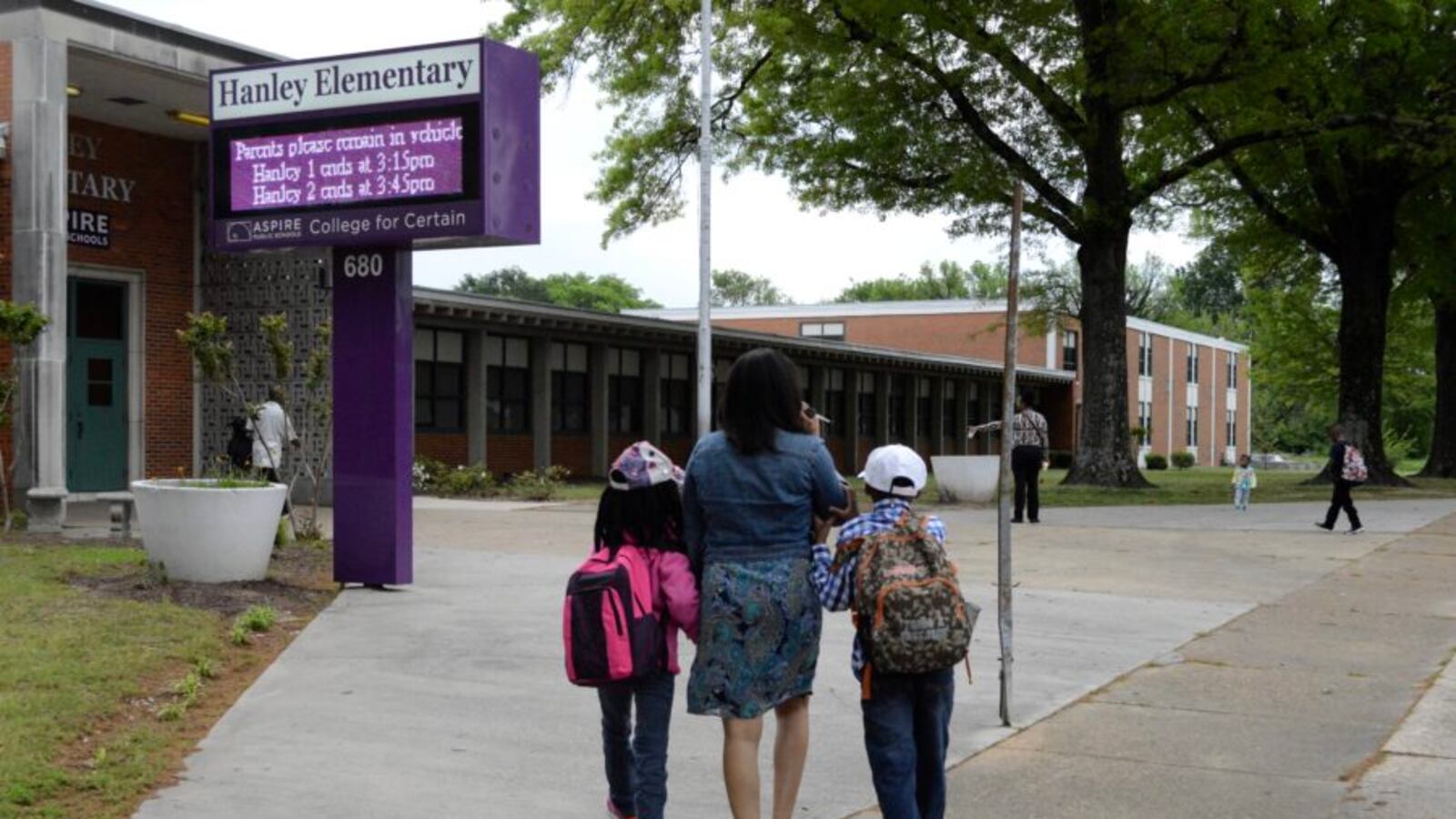The State Department of Education released an informational list this spring for school districts to better understand where their lowest-performing schools stand in terms of academic performance. The so-called “cusp list” identifies schools in the state’s bottom 10 percent — one year before the state releases its official priority list of schools in the bottom 5 percent.
Here’s what you need to know before reading this year’s list, which is included at the bottom of this page.
It’s not the official priority list. That list, issued every three years, is scheduled to be released next summer. The priority list will be used by the state-run Achievement School District, or ASD, to determine which eligible schools to consider for state intervention and potential charter conversions in 2018-19. But
under a 2015 state law, the year before the priority list is released, the state must notify schools that are in the bottom 10 percent in order to provide schools and districts and their communities with a warning that they soon could be eligible for state intervention. “This list is not intended to prematurely identify priority schools,” said department spokeswoman Ashley Ball. “The intent of the law is to give schools information ahead of time, so that they have time to make meaningful improvements.”
But it’s unclear how much will change before the official list comes out. Because of flexibilities being shown by the state due to the troubled rollout of TNReady, state officials plan to release two priority lists next year: one with and one without TNReady scores from this year. The first list will be based on a three-year success rate, with data from 2016-17, 2015-16 and 2014-15. The second will exclude TNReady scores and use a two-year success rate with data from 2014-15 and 2016-17. A school would have to appear on both lists in order to land on the priority list. That way, problems that caused schools to scramble while administering TNReady in its first year will not hurt their standing. So schools might make it out of the bottom 5 percent if they do well on TNReady — but most everyone expects this year’s TNReady scores to be lower than previous years as districts adjust to a new test.
The lowest 5 percent is still dominated by schools in Memphis and Nashville. Of the 84 worst-performing schools in Tennessee, nearly all are operated through Shelby County Schools, the ASD and Metro Nashville Public Schools. Chattanooga has six, Knoxville four, and Jackson two. Districts in Sevier and Fayette counties, which are primarily rural, have schools that are on a state list for the first time. As has been the case in the past, the bottom 5 percent schools are almost exclusively in low-income communities of color.
Because this year’s list is based on the most recent three years of data, it’s slightly skewed. Schools with less than three years of data can’t be included on this year’s list, even if they are in danger of being on the next priority list. That has to be considered when it comes to schools at two closely watched turnaround initiatives in Memphis — the Innovation Zone under Shelby County Schools and the ASD under the state. All iZone schools have at least three years of data as part of Shelby County Schools. But the state considers schools under the ASD, which are mostly charter conversions, to be new schools once they become part of the state-run district. Since the ASD has added new schools annually since 2012, some ASD schools don’t have three years of data to be used in calculating this year’s list.
Most of the first schools to enter the ASD and the iZone are still in the bottom 5 percent. While next school year is the fifth and final year to complete turnarounds under initial targets, both school initiatives are far from reaching their goals. Five out of the six schools in the ASD’s first cohort in 2012 are still in the bottom 5 percent, despite the state-run district’s goal to catapult them to the state’s top quartile within five years. Only Brick Church College Preparatory in Nashville has moved out of priority range this year. In the Memphis iZone, which also began operating schools in 2012, five of the eight original schools remain in the bottom 5 percent. The three that have moved out of priority range this year are Ford Road Elementary, Douglass K-8 and Chickasaw Middle.
Below is the 2016 “cusp list” of Tennessee’s lowest-performing schools based on three-year success rates. It is initially sorted from lowest to highest performing. You can resort the list, such as alphabetically by school or district, by clicking on one of the categories in the first row.

